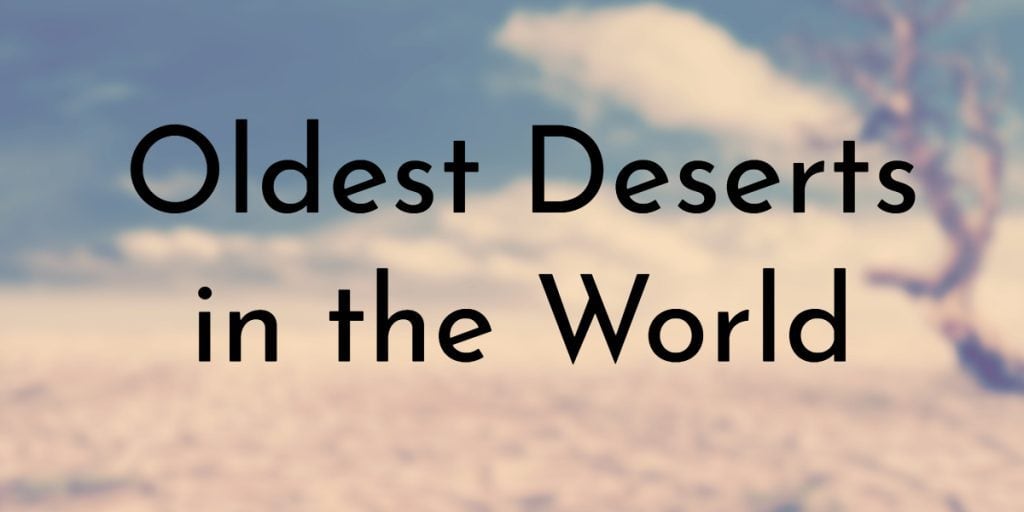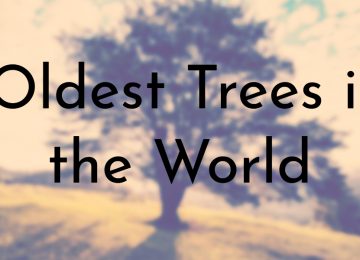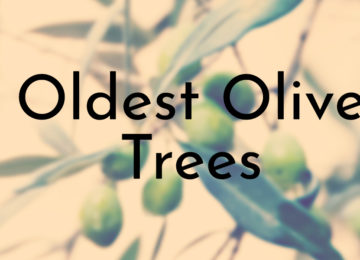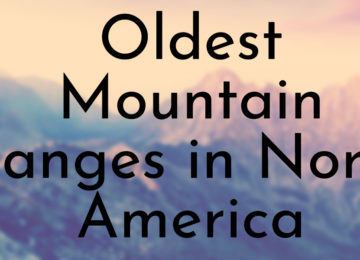The world’s deserts are some of largest, driest, hottest, and oldest places in the world. Determining the ages of deserts can be difficult and research on the topic constantly causes the estimated ages of these deserts to change. At the time of this writing, this list contains what are currently believed to be the world’s oldest deserts.
7. Taklamakan Desert
Age: c.5.3 million
Location: Center of Tarim Basin, Xinjiang Uyghur Autonomous Region in northwestern China
Area: 337,000 km²(130,000 sq mi)
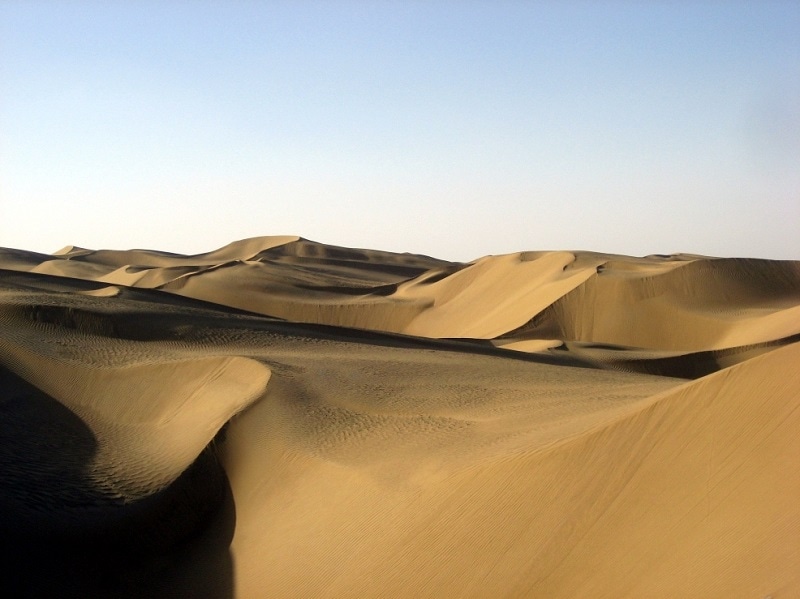
The Taklamakan Desert, also spelled Taklimakan or Takla Makan, is the world’s second largest shifting sand desert. About 85% of the Taklimakan Desert consists of shifting sand dunes. A 2006 study suggests that the sands dunes have been prominent in the Tarim Basin since at least 5.3 million years ago.
In recent years, the Taklamakan Desert has been the site of some remarkable mummified remains. Chinese archaeologists unearthed a 4,000 year old cemetery in the Taklamakan Desert, which suggests that people have survived in the desert for a long time. The researchers also found what is believed to be the world’s oldest cheese buried with the mummies.
6. Sahara
Age: c.7 million years (previous estimates 2 – 3 million years)
Location: Much of North Africa, across Algeria, Chad, Egypt, Eritrea, Libya, Mali, Mauriania, Morocco, Niger, Sudan, and Tunisia
Area: 9,200,000 km² (3,552,140 sq mi)

Until a few years ago, most scientists believed that the Sahara only formed about 2 to 3 million years ago. However, in a 2014 study published by palaeoclimatologist Zhongshi Zhang and his team, climate simulations showed that Sahara might have started to become a desert around 7 million years ago. Zhang also noted that they weren’t the only ones to suggest an older age for the Sahara – about a decade ago, one team of researchers dated dune deposits to 7 million years ago.
The Sahara is the largest hot desert in the world and covers most of North Africa. While most people believe that the Sahara is covered in sand dunes, most of the desert is primarily made of barren, hard, rocky plateaus.
5. Atacama Desert
Age: 10 – 15 million years
Location: Northern Chile, west of the Andes Mountains
Area: 105,000 km²(40,541 sq mi)
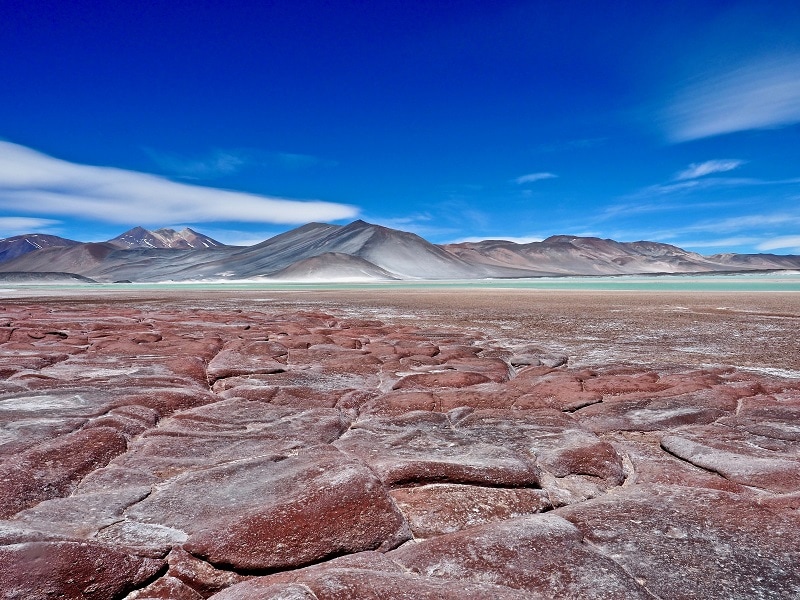
The Atacama Desert is the driest true desert in the world and the second driest place in the world, just behind the Dry Valleys of Antarctica. Due to its extreme dryness, the Atacama Desert is a hotbed of research. Scientists come to the Atacama Desert to study how much water is needed to sustain life.
It has been difficult to determine the age of Atacama Desert and various numbers have been put forth, but the most recent research suggests that the Atacama Desert has been hyperarid for at least 10 million years. Another research paper from 2006 says that the Atacama Desert may have started to form about 15 million years ago.
4. Antarctica
Age: 15 million years
Location: Antarctic region of the Southern Hemisphere
Area: 14,000,000 km² (5,400,000 sq mi)

While Antarctica might not look anything like what people think a desert should look like, it is classified as a desert because it receives very little rainfall. In fact, Antarctica’s Dry Valleys are the driest place in the world. Since the entire continent is a desert, Antarctica is also the world’s largest desert.
Antarctica is known for being completely covered in ice, but the continent wasn’t always like this. Before 34 million years ago, Antarctica was lush and green. As Antarctica moved closer to the South Pole, it began to freeze over and has been a frozen desert for the past 15 million years.
3. Gobi Desert
Age: 10 – 45 million years
Location: Across parts of northern and northwestern China and southern Mongolia
Area: 1,295,000 km² (500,002 sq mi)
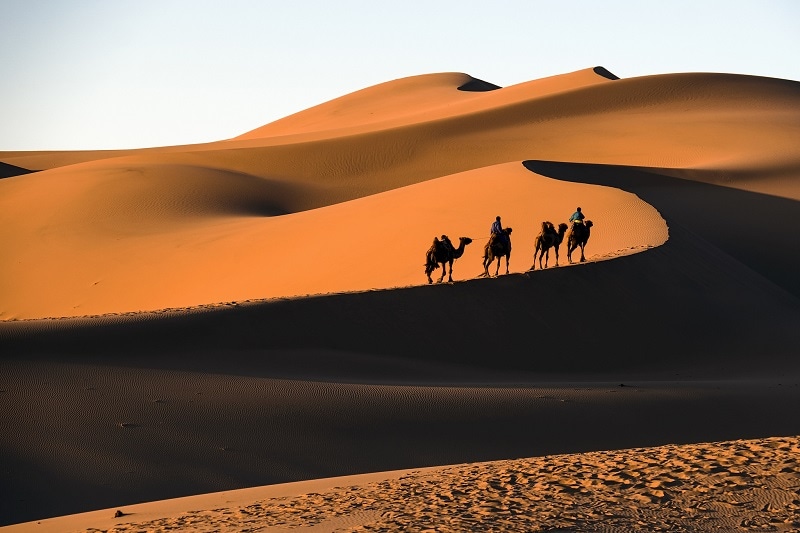
The Gobi Desert is the fifth largest desert in the world and is one of the coldest deserts. Temperatures in the Gobi Desert can fluctuate to as low as -40 degrees Fahrenheit in the winter and as high as 122 degrees Fahrenheit in the summer. The Gobi Desert is also what is known as a rain shadow desert, which means it’s dry because most of the rain in the area gets blocked by the Himalayas.
Most scientists agree that the Gobi Desert formed when the Himalayan mountain range and the Tibetan plateau took shape about 45 million years ago. However, more recent research suggests that the Gobi Desert didn’t dry out until the Altai Mountains began to rise between 5 to 10 million years ago. Today, the Gobi Desert is still growing due to a process called desertification – the desert is spreading across China’s grasslands.
2. Kalahari Desert
Age: 60 million years
Location: Southern Africa, across parts of Botswana, Namibia, and South Africa
Area: 930,000 km(359,075 sq mi)
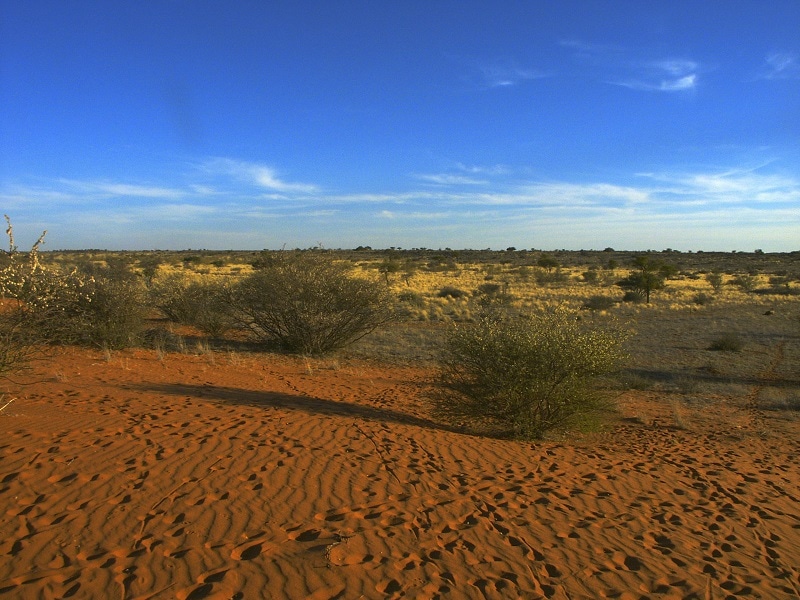
The Kalahari Desert is not a true desert because it receives too much rain, between 5 to 10 inches annually. However, the rain is unpredictable and the Kalahari Desert is still very arid, but it isn’t as dry as the nearby Namib. Since the Kalahari is only semi-arid there is a lot of vegetation and animals, such as the Kalahari lion and meerkats.
While the Namib is considered older, the Kalahari also dates back to the early days of the African continent and is estimated to be about 60 million years old. With such a long history, the Kalahari is home to one of the oldest indigenous populations in the world, the San people or Bushmen. The San have been living in the Kalahari for more than 20,000 years and are considered the oldest continuous residents of Southern Africa.
1. Namib
Age: 55 – 80 million years old
Location: Across parts of Namibia, South Africa, and Angola
Area: 81,000 km² (31,274 sq mi)
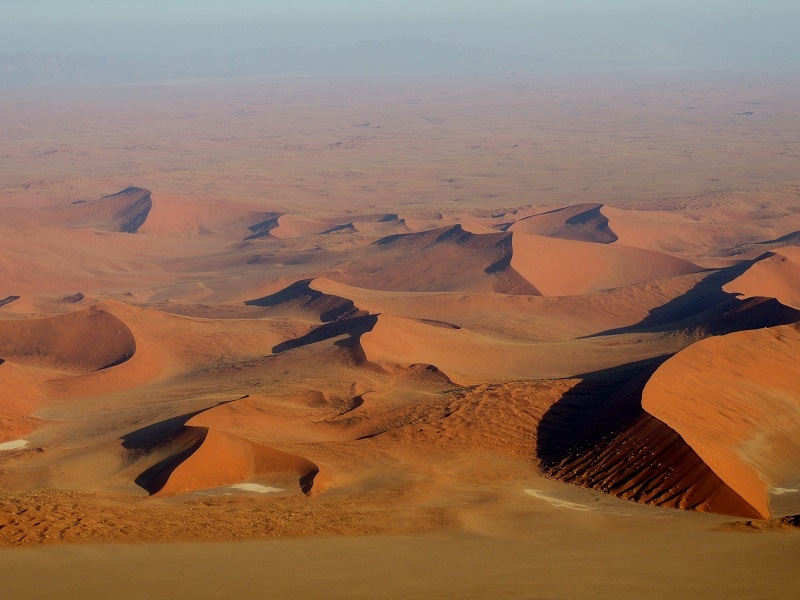
The Namib is considered the world’s oldest desert and its estimated to be at least 55 million years old, but is most likely much older. In addition to being the oldest, the Namib is one of the driest deserts and is mostly uninhabited by humans. Instead, the Namib is home to some of the most unique plants and animals in the world, including welwitschia – one of the oldest plants in the world, special desert adapted elephants, and camelthorn trees.
Although the Namib seems inhospitable, it is actually a pretty popular tourist attraction. There is the Namib-Naukluft Park, which is the largest game park in Africa. One of the desert’s most visited areas is Sossusvlei, a conservation area notable for its white, salt, and clay pan surrounded by large red dunes.
OTHER POSTS YOU MAY BE INTERESTED IN


